

EKS InTec is a technology leader and to stay that way we participate in several international research projects.
Test methodology for virtual commissioning based on behavior simulation of production systems
iv. AVANTI aimed to improve the advanced behaviour description of devices, components and complete production systems and to establish a formal virtual commissioning test method. The integration of these goals into the life cycle of the production system helps to reduce the efforts and misunderstanding between different partners in the life cycle phases..
The project has run from September 2013 to June 2016.
Leaflet PDF to AVANTI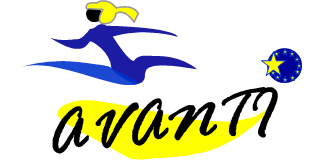









Engineering Tool Chain for Efficient and Iterative Development of Smart Factories
The aim of the ENTOC project is to increase the efficiency of the engineering process with a focus on virtual commissioning.
The project has run from September 2016 to August 2019.
Leaflet PDF to ENTOC









Each project consists of an international team of top scientists from EKS InTec and renowned partners.

Smart Prognosis of Energy with Allocation of Resources
The goal of the project SPEAR is the energy simulation and optimization within the framework of virtual commissioning.
The overall management of the project lies with EKS InTec.
The project will run from September 2017 to August 2020.





















The Next Level of Test Automation
The aim of the TESTOMATproject project is the automatic test case generation and in the following the automatic test execution within the framework of the virtual commissioning.
The project will run from October 2017 to September 2020.


































eXcellence In Variant Testing
Within the XIVT project, a method and toolchain will be defined for testing highly configurable, variant-rich embedded systems in the automotive, rail, industrial production and telecommunication domains.
This enables a highly effective, cost-efficient quality assurance, allowing the shift to autonomous, flexible and adaptive applications in these domains.
Base of the method is a knowledge-based analysis of requirements formulated in natural language, and a model-based test generation on the product-line level. The XIVT project will result in modules and open-source packets for the enhancement of existing domain-specific testing tools, a reference implementation of the resulting method and toolchain, and an ecosystem of services around the proposed methodology.





















Design approach for structuring distributed digital twins
The "DAVID" project aims to research and make available distributed digital twins (VDZ) in the mechatronic field.
This can significantly shorten the development and commissioning of complex automation systems. Essential basics will be developed in the context of digital twins, which are based on approaches of multi-agent systems. Both the autonomous and the cooperative capabilities of the digital twin will be considered.
This enables a stronger coupling of product, processes and resources (PPR), also using existing automation components, to an emergent system. By networking the information and interfaces of digital twins of individual components, agents or assemblies, a summative digital twin is created that provides the capabilities of the individual systems as well as capabilities that overlap all individual systems.
Through the summative digital twin, synergies between the individual systems can be discovered and used to achieve greater flexibility.

Simulationsgestützte, assistenzsystem-basierende Engineering- und Maintenance-Dienstleistungen für Lean Aftersales-Services
Aftersales-Services – wie Prozessoptimierung, Schulung, Instandhaltung, Umbau und Modernisierung – werden für viele deutsche Maschinen- und Anlagenbauer zu einem immer wichtigeren Bestandteil der Wertschöpfung. Diese Dienstleistungen können im besonderen Maße von der digitalen Transformation profitieren: Maschinen und Anlagen verschmelzen mehr und mehr mit Informationstechnologien, die in Echtzeit Zustandsdaten erfassen, aus diesen Daten lernen, Prozesse automatisiert steuern oder menschliche Entscheidungen unterstützen sowie über das Internet kommunizieren und interagieren.
Für das Lernen und die Entscheidungsunterstützung bietet sich dabei auch der Einsatz unterschiedlicher Simulationstools an. Solche Tools werden aktuell insbesondere von KMU nur sporadisch und isoliert eingesetzt. Eine Vernetzung von Simulationssystemen untereinander und mit den realen Produktionsanlagen existiert kaum.
Vor diesem Hintergrund starteten zehn Unternehmen und Institute das Forschungsvorhaben SEAMLESS (Simulationsgestützte assistenzsystem-basierende Engineering- und Maintenance-Dienstleistungen für Lean Aftersales-Services). Ziel ist die Entwicklung und Bereitstellung von Simulationstools auf einer cloudbasierten Plattform „Simulation enhanced Assessment as a Service (SeAaaS)“, die es Anwendern erlaubt, unterschiedliche Simulatoren synergetisch zu kombinieren und für smarte Services zu nutzen.











Artificial Intelligence supported Tool Chain in Manufacturing Engineering
The goal is to develop an integrated tool-chain for manufacturing engineering that supports decision making in early phases. To achieve this, the tool-chain will support formalization and automated analysis of requirements, computer-aided generation of simulation models, and software-supported generation of layout. In all of these dimensions, Artificial Intelligence will be utilized in expert systems and simulations based on data from existing solutions.
In all of these dimensions, Artificial Intelligence (AI) technologies will be used to handle the large amounts of data that are being created, and to learn from existing solutions. This will be implemented using e.g. knowledge management and expert system, natural language processing and machine learning. The integration of the tool chain will focus on and find solutions for interoperability of tools, and plug & play capabilities, to be flexible in building simulation environment. This will have a substantial impact on efficiency (cost), quality of models and lead time for simulations in industrial context.
Project will run from October 2020 to February 2024.
Leaflet PDF to ENTOC










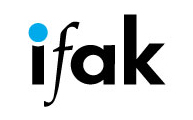


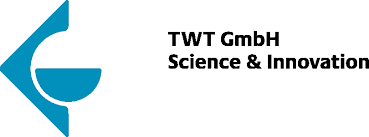

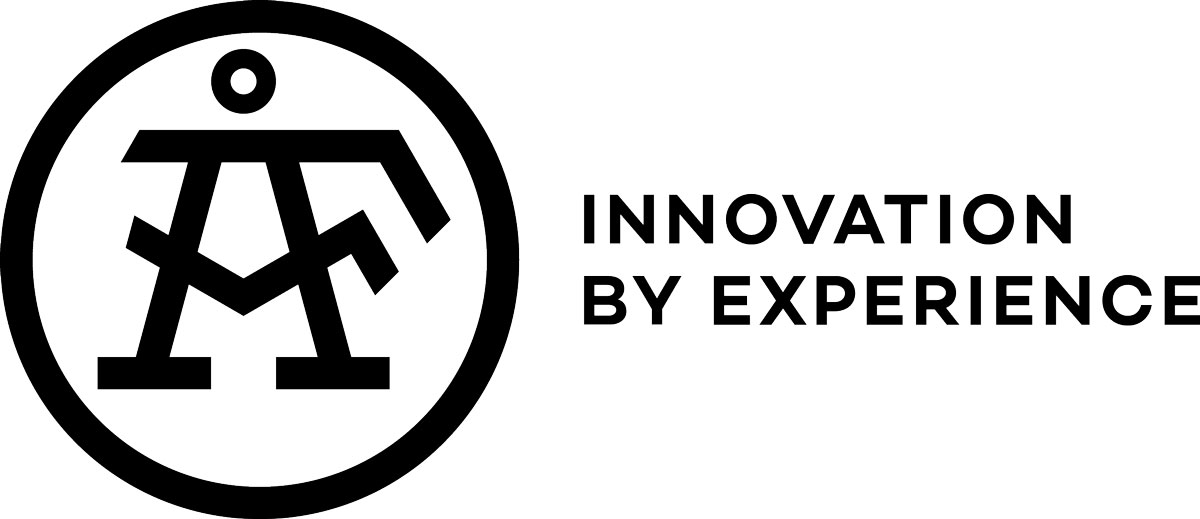





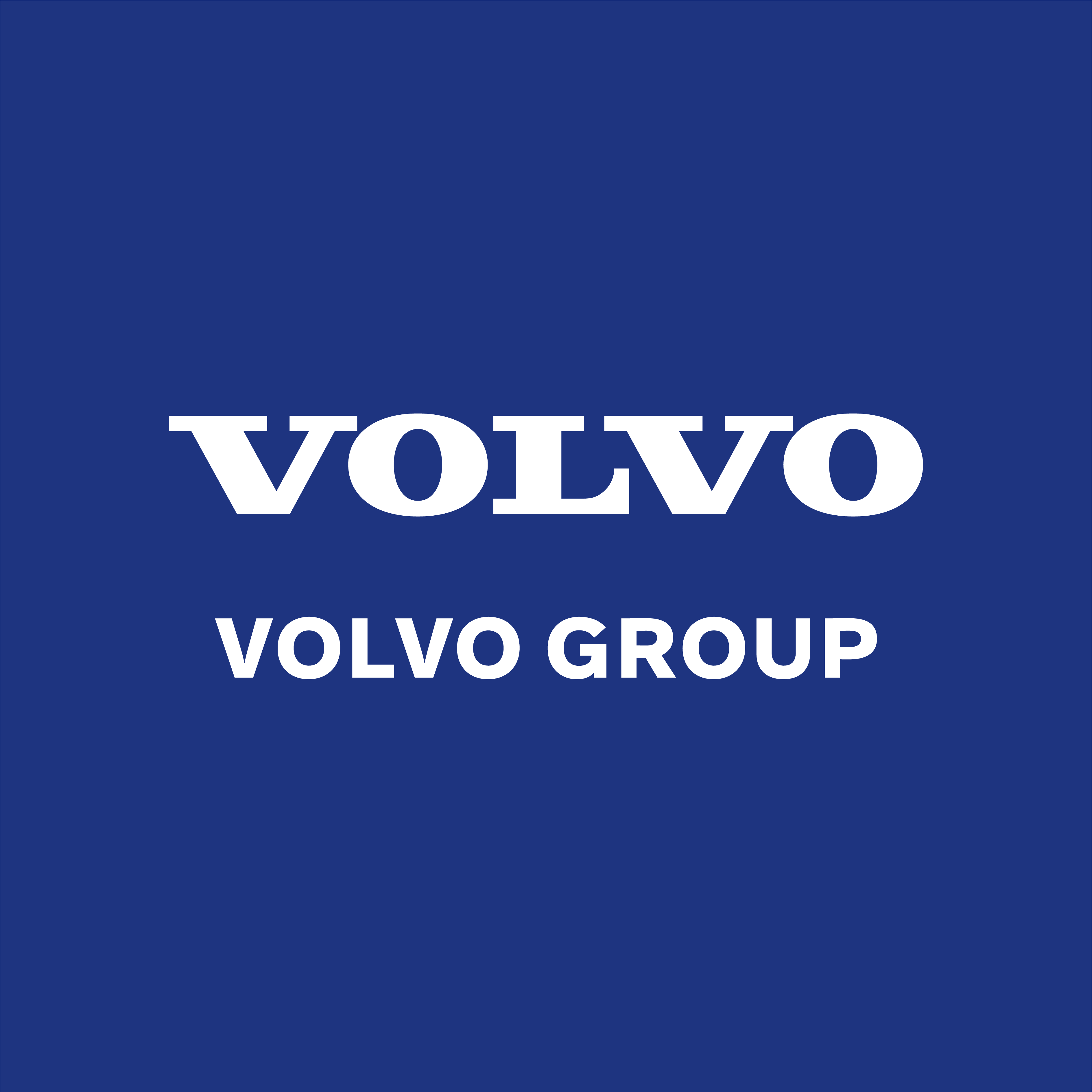
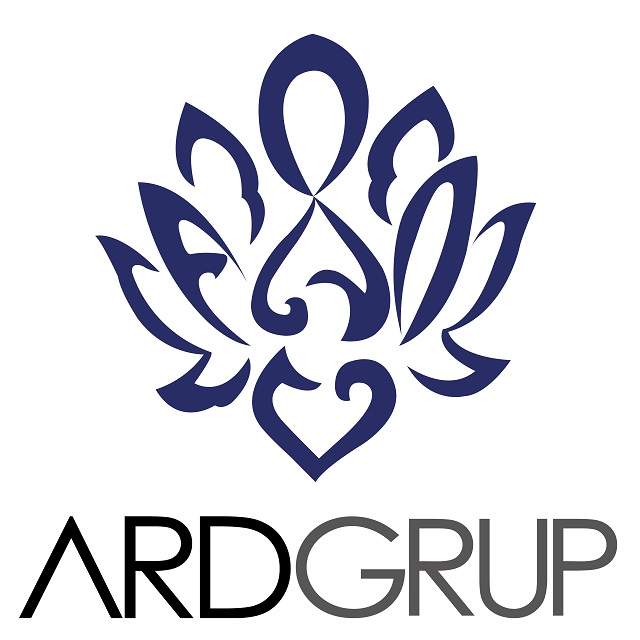
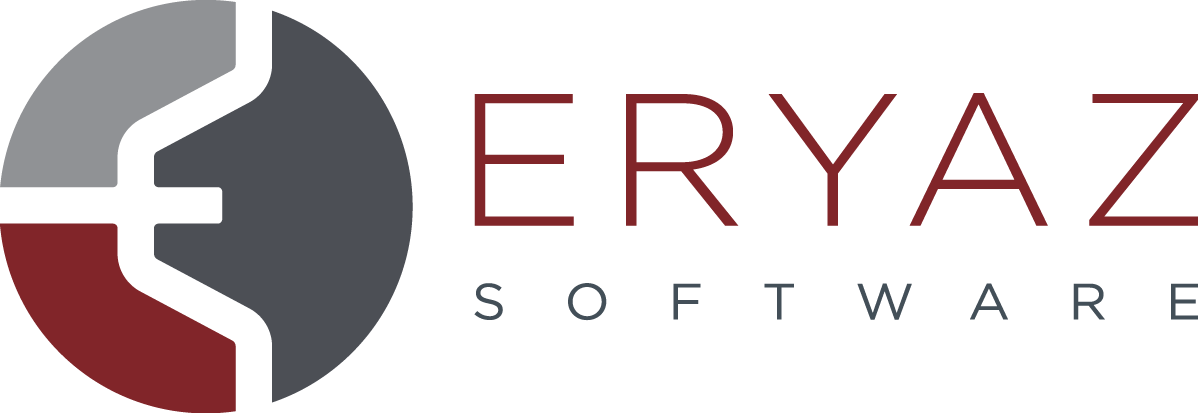




Fertigung und Robotik
H2Giga is one of the three hydrogen lead projects funded by the BMBF as part of the Green Hydrogen Ideas Competition. The aim of H2Giga is to bring electrolysers for the production of green hydrogen into mass production. The FertiRob sub-project, which involves almost 20 partners, aims to automate the production of stacks and electrolyzers, drastically increasing their capacities while meeting quality requirements.
Within the framework of FertiRob, digital twins of the stacks and plants as well as virtual commissioning (VC) are to be established in the coming years. With the help of the digital images, processes will then be optimized before real implementation, thus preventing defective products in advance. In this context, EKS InTec is concerned with the realization and use of partially automated digital product twins and plant twins in combination and based on existing standards such as AutomationML.
Project will run from April 2021 to March 2025.
to FertiRob/H2Giga


Digital Zwilling für den KI-unterstützten Werkzeugentstehungsprozess - Teilvorhaben: Digitaler Werkzeug Zwilling
The development process of press tools for the production of structural components for large-scale automotive production takes up to 24 months and thus has a considerable time, monetary and resource-intensive significance in the vehicle development process. Due to high precision requirements, iterative, often manual, adaptation of the tool geometry is necessary so that components with reproducible quality can be produced in high volumes. As a result, the tool design process is highly dependent on the knowledge and skills of individual experts. From the first CAD design to the transfer of the finished press tool into series production, large amounts of data are generated, in which previously untapped potential for the early identification of target-oriented machining measures lies. In this project, these data are to be recorded in the form of a digital twin and brought into context with one another.
Based on this, assistance systems based on artificial intelligence (AI) are to be developed so that target-oriented optimization measures for various process steps can be provided quickly. As a result, the tool development process can be shortened, costs and time can be reduced and resources can be saved. For this purpose, a digital twin is to be developed that captures and stores the different data along the tool engineering and puts them into context with each other. EKS InTec specifies and models this Digital Tool Twin and designs and implements the associated IT infrastructure in the form of data structures and persistence using standards.
This Digital Tool Twin is the starting point for the application of AI algorithms for the use cases of die face creation, die build process and tryout. It is constantly being added to, updated, and expanded. Existing historical data sets must also be integrated, as well as digitized expert knowledge.
Project will run from January 2021 to December 2024.

Digitale Anlagenmodellierung mit neutralen Datenformaten
In the DIAMOND project, integrated, data-supported solutions for the creation, transmission and use of digital twins in the plant design process are being created. The aim is to achieve high market penetration through neutrality and scalability. The digital "Common Data Model" is intended to shorten project times in the engineering of production plants for the faster integration of new vehicles and drive technologies.
Our sub-project Virtual Commissioning focuses on virtual commissioning, which is carried out late in the plant development process when many scheduled time buffers are already exhausted. It acts as a quality gate before the real commissioning and secures it. Furthermore, its data forms the basis for the digital twin as well as digital shadows running parallel to the plant, which form the basis for further process analyses and optimization.
Project will run from November 2022 to October 2025.
to DIAMOND
Find out now what other exciting projects we are working on!